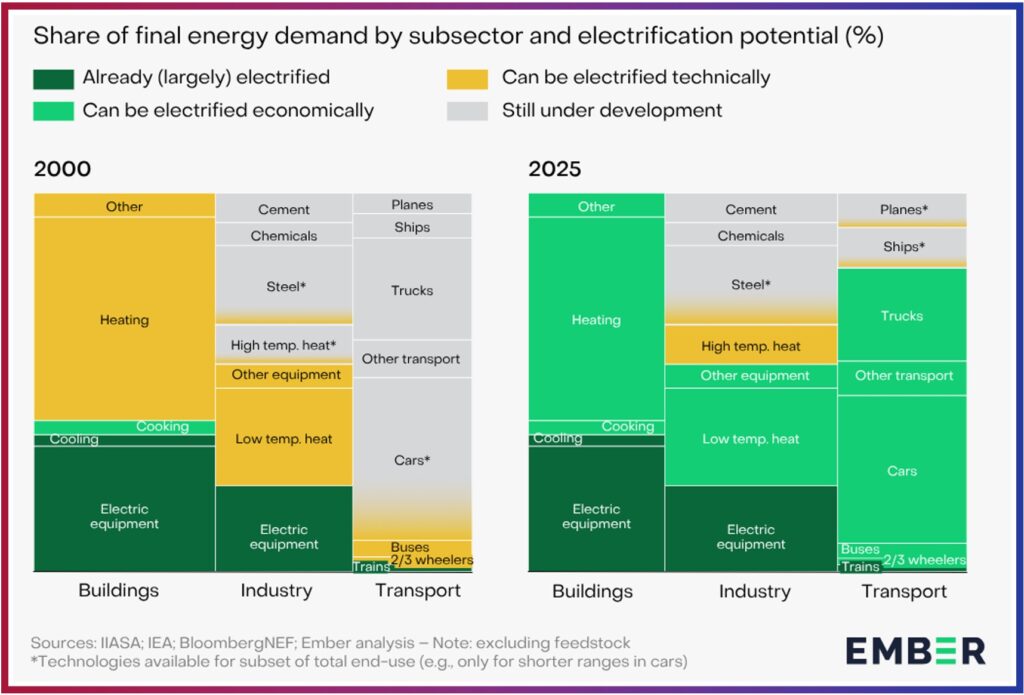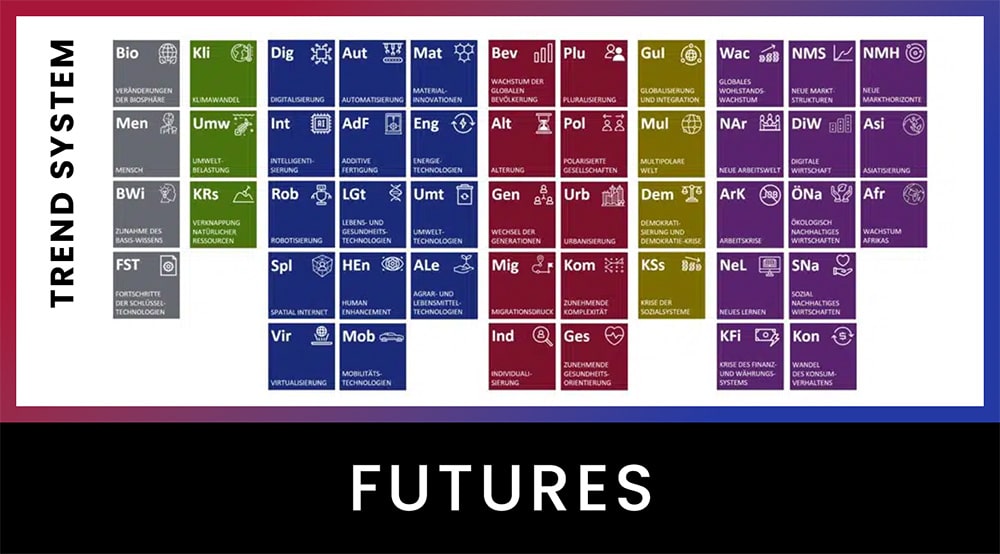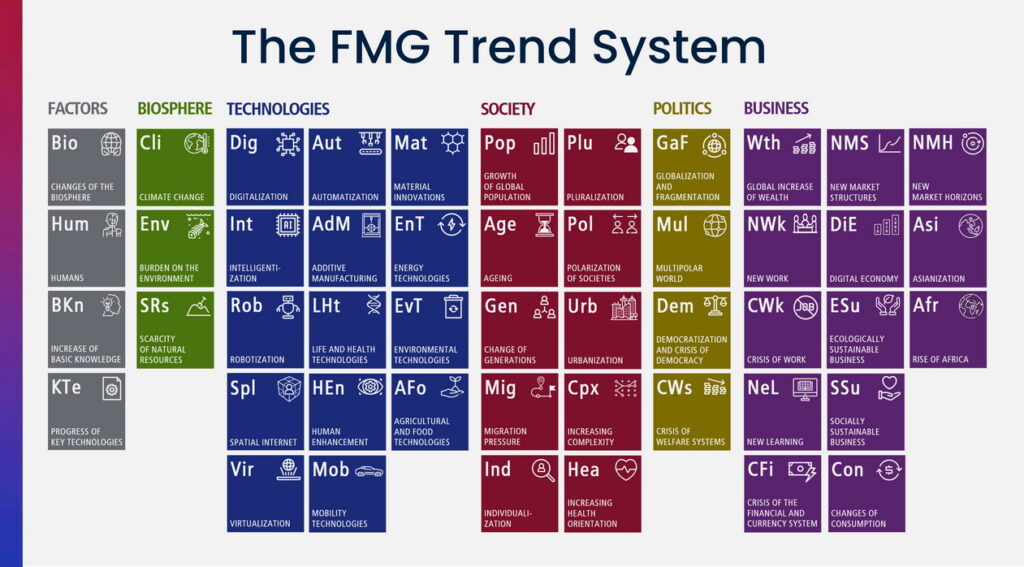
No, we can’t yet. But the outlook is very encouraging. It is another piece of good news that gives us reason to look forward to the future.
Complete electrification has not only become technically possible, it is also much more economical. Today, the entire energy supply for buildings can be provided electrically – with heat pumps. The same applies to half of industrial energy requirements and 80 % of transportation. These shares will continue to grow. See the figure from EMBER below.
The proportion of electrified systems will continue to increase in the future. CATL plans to operate aircraft for 30 passengers with batteries from 2028. As soon as the energy density of the batteries has increased to 500 Wh/kg. The same applies to smaller container ships. Larger aircraft and ships (and rockets) will continue to run on burnt fuels for a long time to come. Here we need e-fuels, i.e. fuels produced from electricity – nowhere else.
So the answer is: Yes, we can and will electrify (almost) everything.
The undisputed leader in electrification is – once again – China. In this case too, China is acting very far-sightedly and strategically. More electrified consumers mean more demand and market for renewable energies, which in turn makes them more economical. In addition, an electrified system is significantly cheaper, as it requires less than half the usable energy compared to fossil fuels due to its significantly higher efficiency.
China has another motive, a political-military one. They are now less, but still heavily dependent on imported oil, which could be cut off by embargo in the event of a crisis. An electrified energy system with domestically produced electricity makes them independent and resilient.
We in Europe are similarly dependent on imports of oil and gas. But we are taking more time with electrification. In Germany, we even want a higher proportion of gas again. It’s difficult to call that intelligent for the future.
As explained, over 50% of the electricity will come from efficiency gains – and from renewable energies (solar, wind, water, other sources and battery storage), which are growing exponentially. In China, a smaller proportion of electricity will also come from nuclear power. But for every gigawatt of nuclear power the Chinese add, they add 50 (fifty!) gigawatts of solar power alone.
These connections are technically compelling and economically highly profitable. No government will be able to stop this development in the long term.
Read more about electrification in the EMBER study.




































